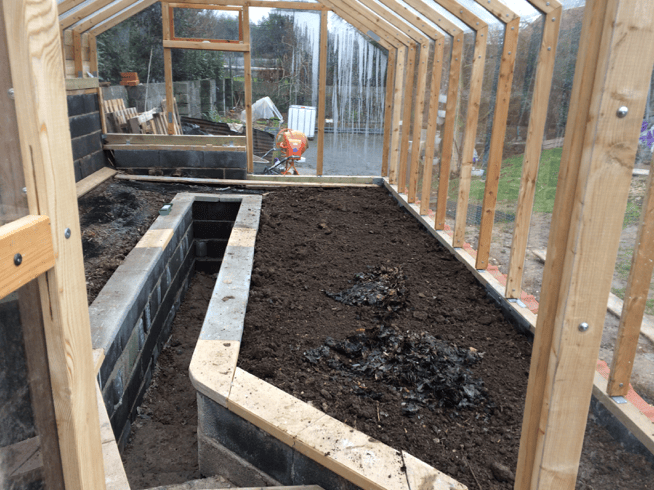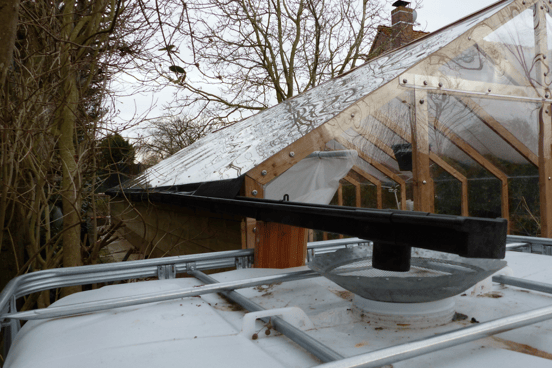Being confined with a greenhouse is paradise
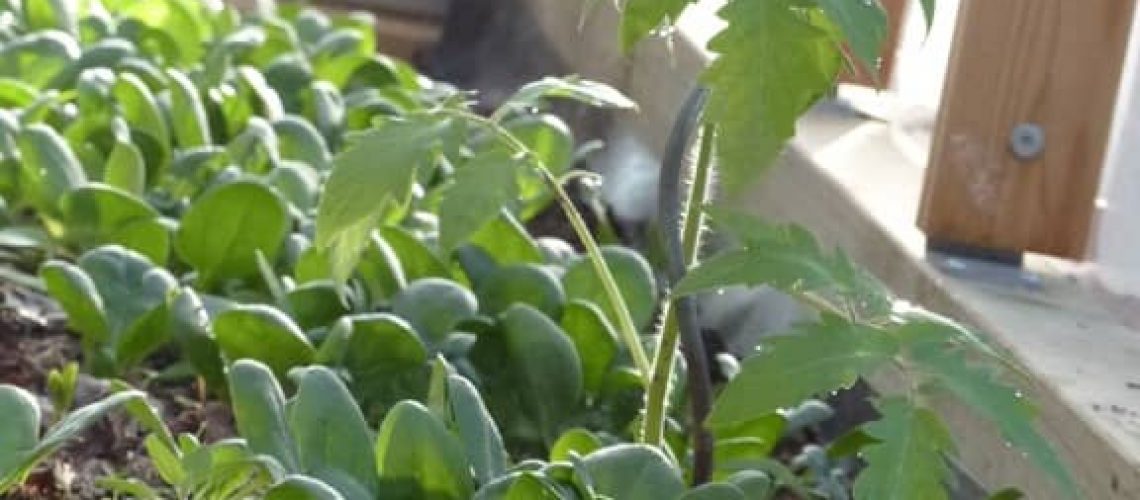
Both engineers at heart and do-it-yourselfers, Hubert and Blandine Guillemant have cleverly fitted out their HELIO greenhouse to allow harmonious growth of their plants.
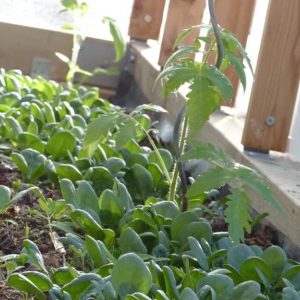
A poorly operated greenhouse can hamper the growth of your vegetables. The principle is to avoid overheating during the day, while being totally protected from the frost of your plants at night.
By following the recommendations of Hubert, user of our HELIO greenhouses, you improve the potential of your greenhouses by reducing temperature differences as much as possible and maintaining permanently moist soil.
-
orientation

Moreover, by exposing your greenhouse to the south, your plants benefit from the first rays of the morning sun, rapid overheating and the best possible sunshine. In the evening, the temperature of the sun is maintained until nightfall.

It is therefore quite possible to keep your greenhouse protected from frost in winter, without putting on an extra heater at night. You have to be extremely careful about the choice of materials. “A material with high thermal inertia will be slow to heat up or cool down while absorbing more calories than a material with low inertia”, confides Hubert.

“The materials with the highest thermal inertia are the densest and heaviest materials (ideally granite). The exception to this rule is water, as it has twice the thermal inertia of stone while being much less dense.”
In this case the concrete blocks were filled with a mixture of concrete, gravel, earth, or sand. The central aisle has been lowered to take advantage of the inertia of the ground and water cans have been incorporated into the walls of the central aisle.
Hubert dug into the ground of the central aisle, to put materials with high thermal inertia (Gravel, concrete, water…).
The walls of the HELIO greenhouse are made of polycarbonate and therefore offer a simple and refined design. The efficiency of the polycarbonate makes it possible to highlight the values of HELIO: solidity and transparency. No more fear of bad weather, such as wind, hail or snow. HELIO greenhouses provide wind resistance, and the polycarbonate manages the entire structure of the greenhouse.
-
Avoid overheating the greenhouse and dehydrating your soil:
“It is customary to bury the base of the tarp when setting up a polytunnel greenhouse in order to protect it from the wind, but this has the effect of driving rainwater outwards “, which, very often, creates a drying out of your land. To properly water your garden greenhouse, there are various methods, manual or automatic. However, harvesting rainwater is for us the best way (as practical as it is ecological) to keep your soil moist.
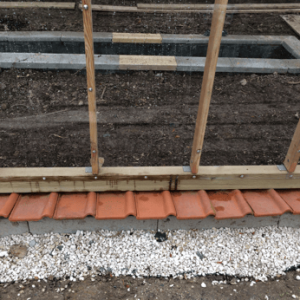

On one side, runoff water enters the greenhouse directly through the ground; on the other, a gutter collects the water in a 1000 l cistern.
Aeration remains an essential tool to avoid overheating in your winter garden, creating a negative impact on the development of your plants. It is therefore necessary to ventilate your greenhouse, thanks to the thermostatic and automatic ventilation system of your HELIO greenhouse.
-
The icing on the cake :
The addition of a small opening on the side is intended to let in a cordon of vines which will bear fruit inside without their roots competing with the vegetables.


